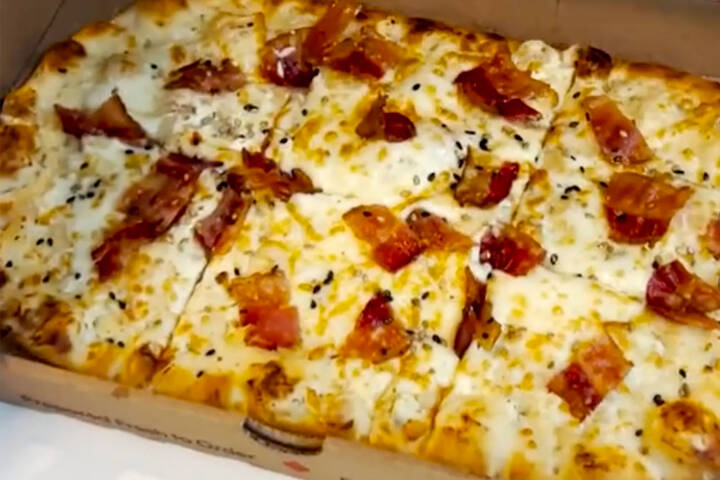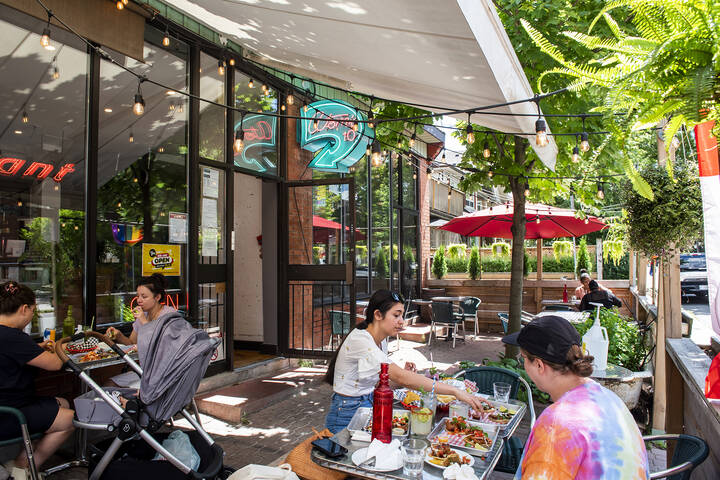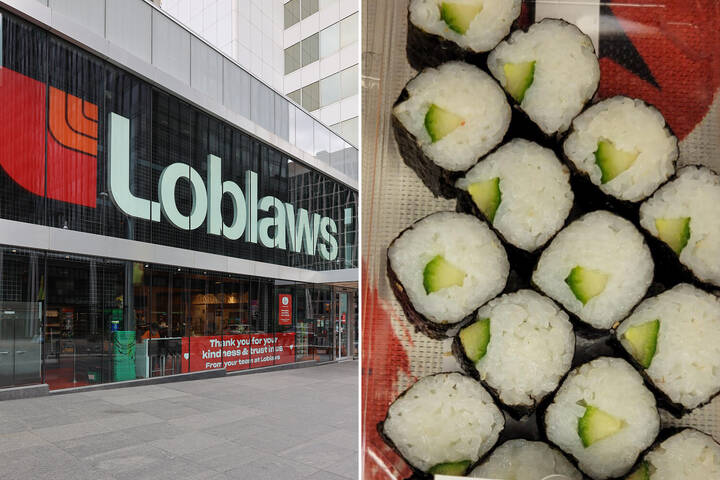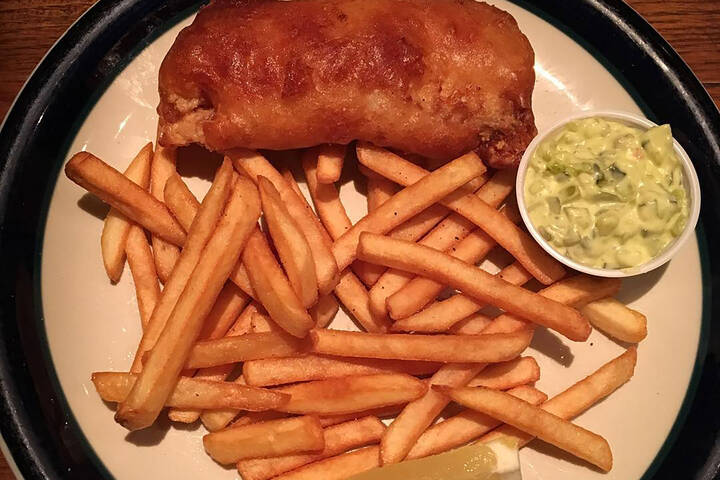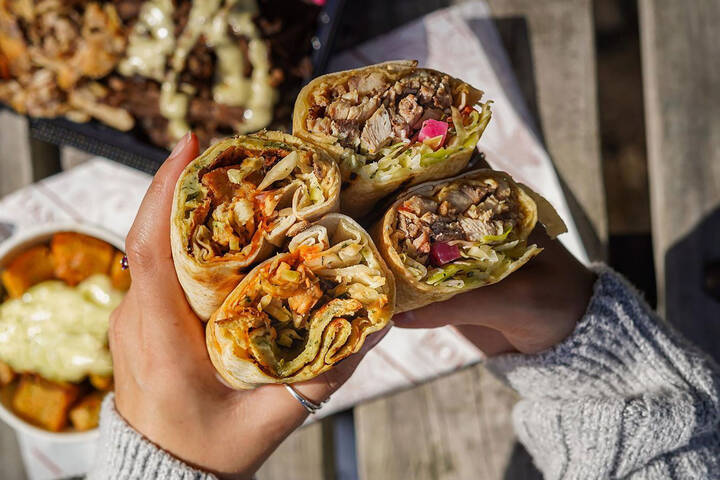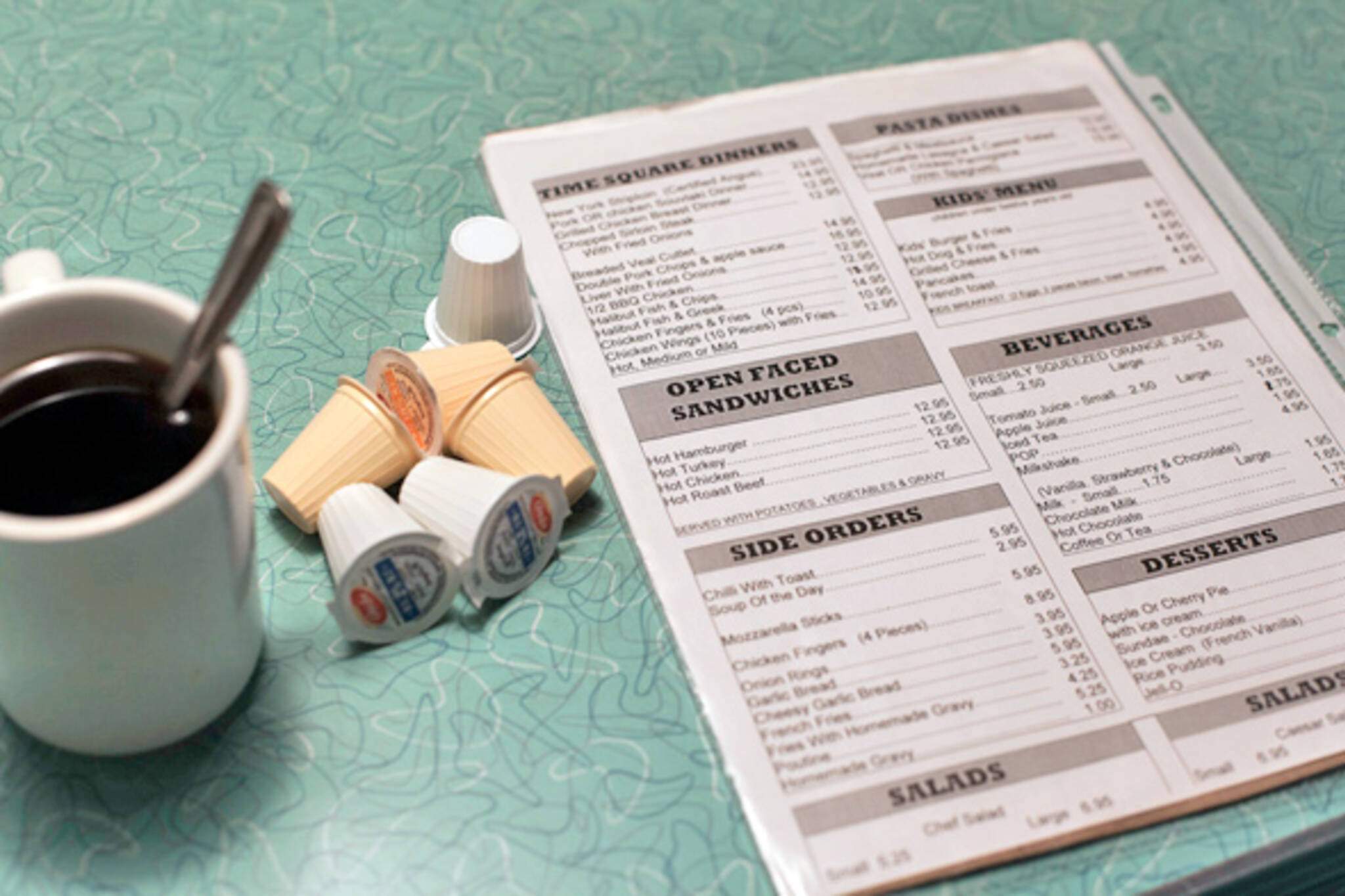
Calorie info not coming to Toronto menus anytime soon
It took two years of painstaking work, in tandem with the city's public health group, for C'est What to get detailed nutritional information printed on their menu - but it'll be gone again by the end of the summer.
Laying bare the calorie and sodium counts for their bison burgers, beer-infused cheddar dips and club wraps has been a bit of a double-edged sword for the Front St. pub, who were one of 22 restaurants to join a Toronto Public Health pilot project on nutrition labeling in 2013 - and one of only four to see it through to completion.
The Savvy Diner project, launched to test the feasibility of adding calorie and sodium counts to menus, was created as a response to pending Ontario legislation that would require restaurant chains with 20 locations or more to post their nutritional info on menus.
"Because Toronto has such a massive restaurant industry, only a certain segment of that group would be captured by the legislation," says Toronto Public Health's Tara Brown.
As the city began working with restaurants to get the meticulous testing process underway, they eventually began dropping out of the program in waves - some due to closures, others due to health or family issues. But for many, Brown says, "it was too much, in addition to all the other work they had to do to run the restaurant."
C'est What co-owner Tim Broughton says that even with the restaurant's unusually-detailed archive of ingredient info, which they maintain for allergy purposes, it took his staff, working alongside dieticians, hundreds of man-hours to complete the process.
Detailed weight-to-volume conversions had to be obtained, and each ingredient had to be analyzed for its nutritional content. If a restaurant's grocery supplier delivered a higher-sodium brand of canned tomatoes on a given day, Broughton says, it would render the entire calculation useless.
Recipes also had to be standardized and reproduced to the letter every time. "For restaurants who aren't organized, it would be an even bigger nightmare to try to come up with that recipe, and try to stick to that recipe," he says.
Even after restaurants completed the process, Broughton says, "once they started to see the nutrition information on the dishes, they probably got cold feet and said, 'Do I really want to put the nutritional information in front of my customers?'
After C'est What reached the finish line, along with Bi Bim Bap, Hearty Catering and Taste of Beirut, Broughton analyzed the first two weeks of sales data with the new menu.
He found that while desserts (served in big, shareable portions) stayed steady, and entrees slightly skewed toward the healthier options, appetizer sales dried up completely. "People were looking at it going 'Oh, if I have the bacon shrimp and I have this stuff, I'm really overdoing it.'"
"In very rough terms, putting out a menu like this cost me $1,000 a week in sales. Now, that's big numbers for a restaurant. And this is where the interest of public health and the interests of a restaurant diverge."
Both sides seem to agree, however, that requiring independent restaurants to standardize and analyze their every dish may be biting off more than they can chew.
"It's very, very complicated," Brown says. "The restaurants that do this need to have the resources and money to be able to do this type of work." She adds that a full report on the program is slated to be released in June.
Broughton, for his part, is planning to pull the nutritional information from the menus, but still keep it handy for people who would like to see it. While plenty of diners told Broughton they liked having the information, many also said it didn't really change what they ordered - and there was a "significant subset of people that said 'I really hate this.'"
He envisions an alternative program that uses the availability of nutritional info as a selling point to diners - say, a gold/silver/bronze star ranking that can be posted on a front door. "The only way it can work is if they put in place some system that rewards someone like me for putting the effort in."
Brown says that the city is exploring options for such rewards-based programs - though not in the near future, as they'd like to study the effects of the upcoming provincial legislation first. For now, just revel in the fact that you don't need to know the calorie or sodium content of your next King's Crown or Vatican City.
Photo by Libby Roach
Latest Videos
Latest Videos
Join the conversation Load comments

